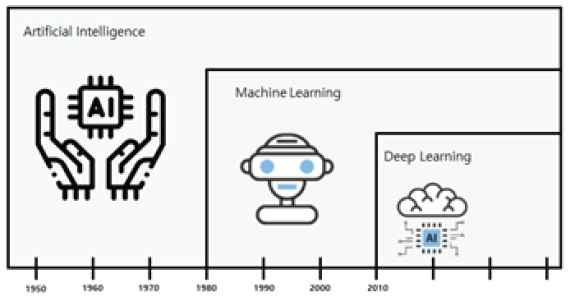Abstract
Currently, we have entered the era of big data in which a lot of information and data are produced, and artificial intelligence technology is in the spotlight as a technology that can be used as an intelligent service. With the development of machine learning and deep learning technologies, artificial intelligence has been able to be grafted into various fields from signal processing and speech recognition to medical care and welfare. Furthermore, the application of machine learning to the behavioural observation of animals is being made in the livestock industry. If machine learning is applied to the behavioural observation of animals, it is possible to predict and analyze normal and abnormal behaviour through self-learning. In other words, it became possible to predict the phenotype. In addition to applying machine learning to phenotypes such as behavioural observations of animals in the livestock industry, genomic analysis can find relevant trait gene markers and apply them to machine learning. The application of machine learning through such genomic analysis is expected to be possible not only to predict genetic ability, but also to study desired breed improvement for excellent livestock breeds by trait. Genome-Wide Association Study is one of the good analysis methods to discover markers for related traits. In the application of machine learning, various strategies and methods are used, rather than simply learning data on a machine. It is important to consider and apply which strategies and methods will achieve the optimal results.
Figures & Tables

Fig. 1. The development of artificial intelligence, machine learning, and deep learning.


